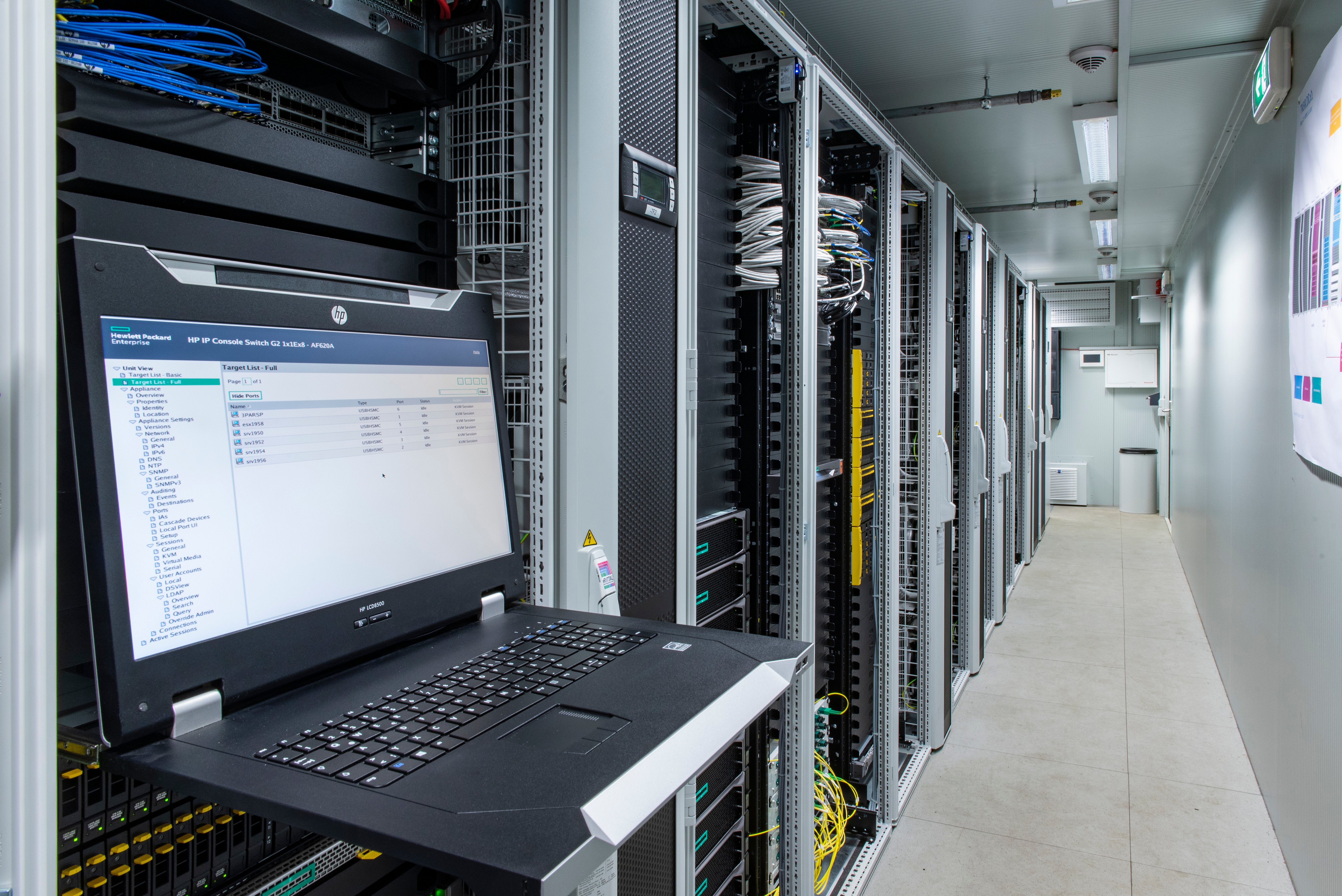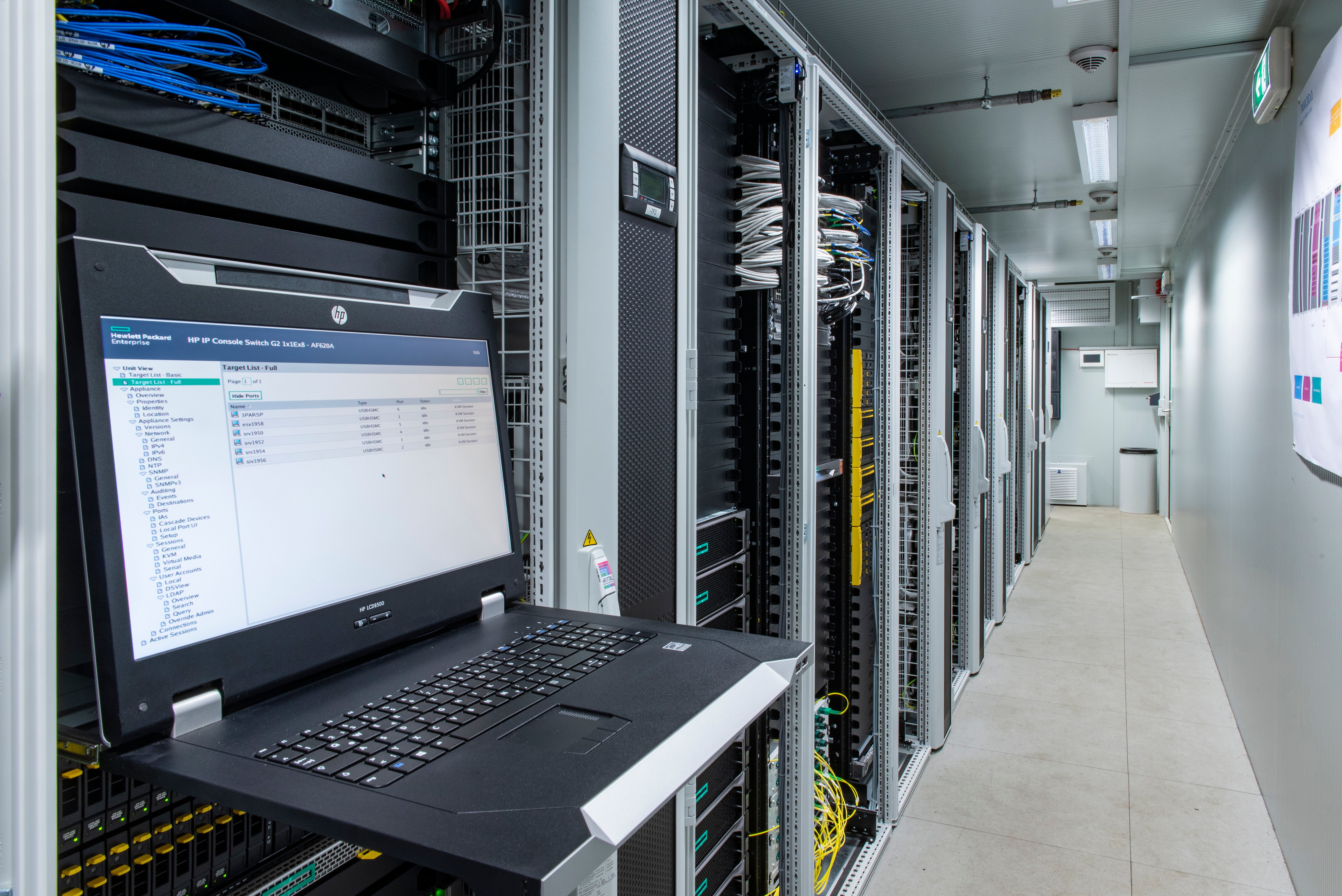By Mark Roberts on 11-Jan-2019 11:00:00

Rittal has outlined five trends related to the cloud computing and data centre industry that IT managers should have on their agenda in 2019.
Trend 1: Data centres will acquire greater AI-based monitoring capabilities
Without assistance systems that feature artificial intelligence (AI), IT data centre specialists will soon be unable to operate large and complex IT systems in a fail-safe way. According to the IDC, half the components in large data centres will already be featuring integrated AI functions and operating autonomously by 2022. In order to support this development, IT administrators will have to use predictive analytics and machine learning to streamline IT operations. For example, these tools will provide predictive fault forecasts and support optimised load balancing so that companies can ensure that their IT environment offers high availability.
Trend 2: Processing the flood of data in real time with edge computing
The 5G mobile communications network is expected to be launched in Germany in the second half of 2019. The many transmission masts required for 5G will make it necessary to expand the mobile communications infrastructure through edge data centres. Furthermore, 5G will increase the amount of data that network operators and other companies have to process. The analysts at CB Insights forecast that every user will generate an average of 1.5 GB of data per day with an Internet-enabled device by 2020.
By decentralising the IT infrastructure with edge data
Consequently, businesses should now be examining how to expand their IT capacities flexibly over the coming one to two years and evaluate edge concepts with this aim. The general trend towards standardisation is another key factor in achieving the fast deployment time and scalability that the market demands from data centre solutions.
Trend 3: The cloud market will benefit from
In Germany, acceptance of the cloud is continuing to grow. The pioneers in this development are mechanical and plant engineering. According to Bitkom, every second company in this sector is already using the cloud. At the same time, investments in
That is why Rittal recommends that, in 2019, IT managers determine the necessary balance between an on-site edge or core data centre and cloud resources in line with their corporate strategy in order to optimally support application hosting and high availability.
Trend 4: Optimised technologies will increase energy efficiency
Next to high availability, energy efficiency is seen as the second most important management issue when it comes to operating a data centre. According to the Borderstep Institute, the energy efficiency of new data centres has improved by roughly 60
For data centre managers, the energy optimisation of the entire data centre should
Trend 5: The Nordic countries’ location advantage will help to cut costs
The Nordic region has now become an attractive location for cloud and colocation providers. Countries such as Denmark, Finland, Iceland, Norway and Sweden offer renewable energy sources, a climate favourable to data centres, very good internet connections and a high level of political and economic stability. Analysts expect the turnover of data centres in the region to grow by eight
When contemplating the planning of cloud projects, IT managers thus also have to weigh up alternatives in the Nordic region such as Norway’s Lefdal Mine Datacenter (LMD). Rittal is the LMD’s strategic and technological partner. LMD’s electrical power is entirely from renewables, and the cooling system makes use of local
How Rittal is preparing its customers for the future
“Alongside the trend toward greater standardisation, we will see companies expanding their IT infrastructure in a more decentralised way in 2019. This will support the digital initiatives that now form an integral part of a successful corporate strategy. One way of doing this is through edge data centres, which can be put into operation very quickly and on the company’s premises as IT containers for instance, and which thus support the digital transformation in all branches of industry. Rittal is offering an array of solutions for edge infrastructures, ranging from rack solutions to turnkey IT containers with cloud connections,” says Andreas Keiger, Executive Vice President of the Rittal Global Business Unit IT. 



comments